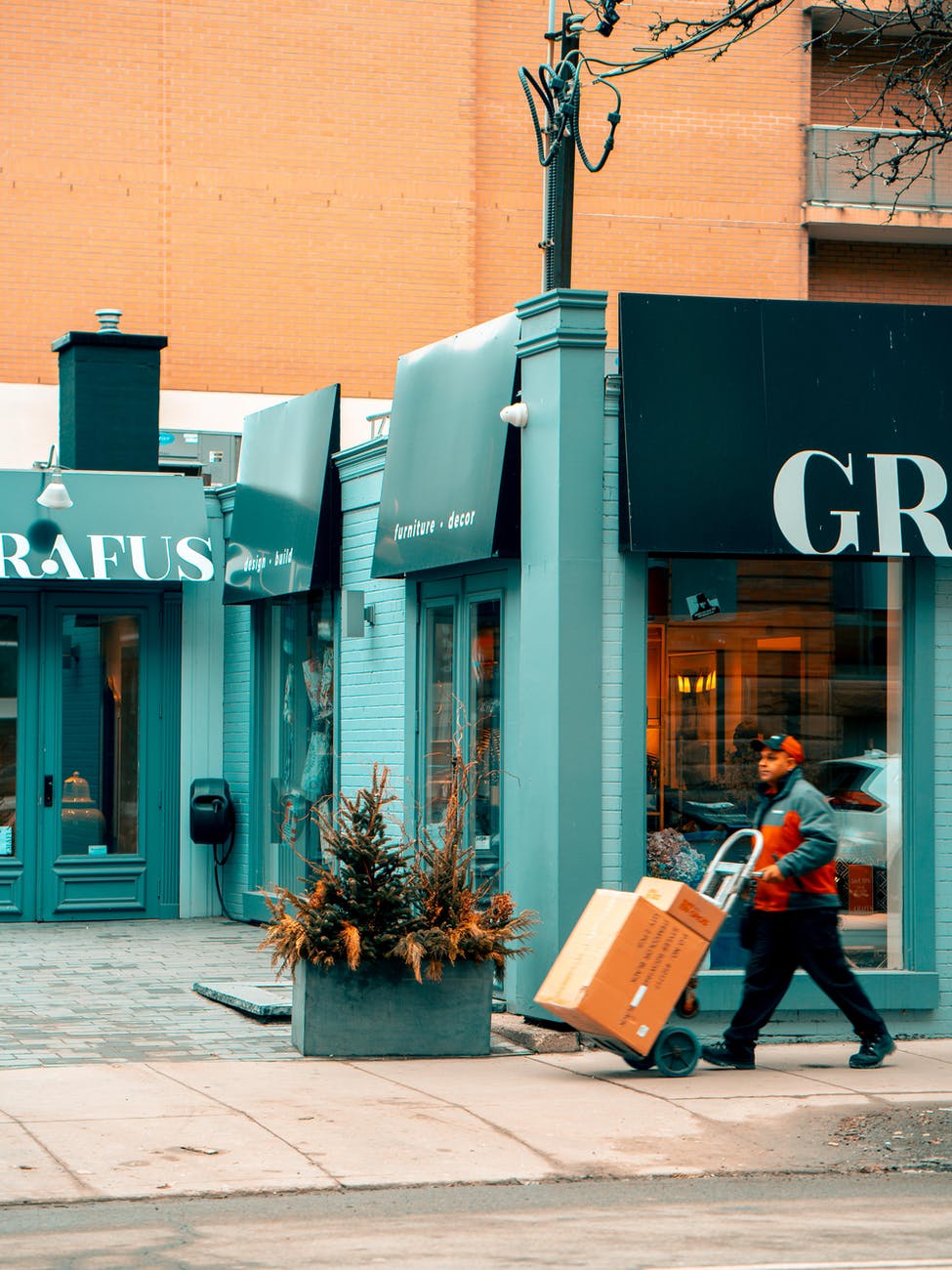Amazon warehouse employees and delivery drivers are pushing for better work conditions.
Day 1 is Amazon lingo for “staying hungry, making bold decisions and never forgetting about the customer,” and this mentality has been good for business, Amazon’s shoppers and shareholders. However, employees are less than thrilled, and many of the company’s warehouse workers are voicing concerns that their employer is pushing them past their limits in the midst of a global pandemic.
In order to successfully maintain Day 1, Amazon has to lower labor costs and increase productivity, which means that it closes watches every minute that each employee is on the clock. Jeff Bezos, Amazon’s founder, wrote in a 2016 shareholder letter, “Day 2 is stasis. Followed by irrelevance. Followed by excruciating, painful decline. Followed by death. And that is why it is always Day 1.”
After years of maintaining a policy of out-of-sight, out-of-mind, Amazon’s employment issues related to Day 1 are now becoming more visible. In Bessemer, Alabama, workers have voted on whether to form a union, and if this idea gains traction, it will be the first union in Amazon’s history. Due to the increased need for home deliveries during COVID-19, the company is now the second-largest private employer in the U.S., and in Bessemer, many of the pro-union workers are Black, which makes it a civil rights issue as well.

Amazon argued that its starting pay of $15.30 per hour, which is twice the federal minimum wage. However, on social media, it was rumored that employees had to urinate on the go because they didn’t have time to use the restroom, significantly decreasing the value of this hourly wage.
Last month, Representative Mark Pocan, Democrat of Wisconsin, tweeted, “Paying workers $15/hr doesn’t make you a ‘progressive workplace’ when you union-bust & make workers urinate in water bottles.”
“Amazon is reorganizing the very nature of retail work – something that traditionally is physically undemanding and has a large amount of downtime – into something more akin to a factory, which never lets up,” said Spencer Cox, a former Amazon worker. “For Amazon, this isn’t about money. This is about control of workers’ bodies and every possible moment of their time.”
In February of this year, Lovenia Scott, a former warehouse worker in Vacaville, California, alleged in a lawsuit that Amazon requires such an “immense volume of work to be completed” that she and her colleagues did not get any breaks. Her lawsuit is now seeking class-action status. Just last month, the California Labor Commissioner said more than 700 delivery drivers working for a Southern California contractor for Amazon, Green Messengers, were owed $5 million in back wages. “The drivers were paid for 10-hour days,” the labor commissioner said, “but the volume of packages was so great that they often had to work 11 or more hours and through breaks.
An Amazon warehouse in Ontario, Canada, reported the rapid spread of COVID-19 in March. “Our investigation determined a closure was required to break the chain of transmission,” said Dr. Lawrence Loh, the regional medical officer. “We provided our recommendation to Amazon.” The company, he said, “did not answer.” Health officials eventually shut the warehouse down for two weeks.
Five U.S. senators also wrote a letter to Amazon in March demanding more information about surveillance cameras installed in its delivery vans. “The technology,” they wrote, “raises important privacy and worker oversight questions Amazon must answer.” John Burgett, who’s blogged about working in an Amazon warehouse in Indiana, agreed. He said of Amazon’s business model, the company is “testing the limits of human beings as a technical tool.”


Join the conversation!